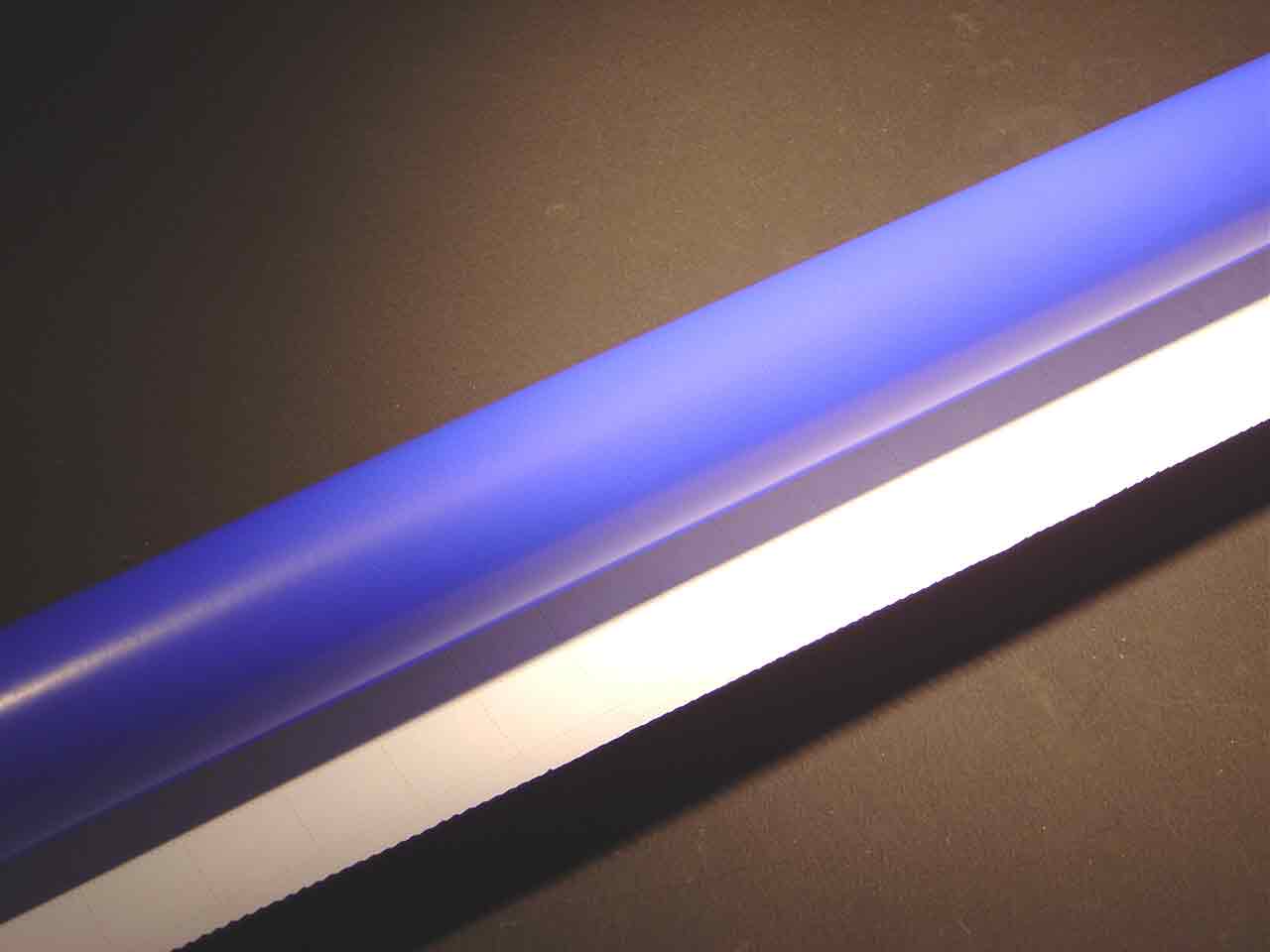Why is it necessary to cover the outside surfaces of collection boxes with colored paper? The decorative paper does not add much to the strength or durability of the box.
In any event, most of the time the boxes will be stored, out of everyone's sight, in bins on the shelves of storage rooms. Why bother giving these hidden boxes an attractive appearance?
--more--

Toys are packed in colored boxes with interesting labels because the colors and the labels help the toys to "sell themselves" to a customer at a toy store (see, for example, Plates 80 and 83). But why should this fact be a consideration to an active collector who is not interested in selling his collection?
The answer lies in the psychology of collectors. Every true collector, from the famous British collector Sir Hans Sloane, who, in his will, offered to sell his collections to Parliament, to today's collector of beer cans or comic books, secretly contemplates the ultimate sale of his collection.
"Who was Sir Hans Sloane?" the Photographer asked the Collector as the two gentlemen were waiting for breakfast to be served at the Antiquarian's Club, of which the Collector's great-grandfather was a charter member.
"Sir Hans Sloane was a famous British collector of art, antiquities and natural history who was born in Killyleagh, Ireland in 1660 and died in London, England in 1753. His collections cost him 50,000 pounds to amass. During his life, he expressed no desire to sell his collection. However, after his death, it was revealed that he suggested in his will that Parliament purchase his collection for 20,000 pounds, less than half the amount that the collection had cost him. So, you see, even Sir Hans secretly wanted to sell his collection."
"Did Parliament take up his offer to purchase the collection for 20,000 pounds?" inquired the Photographer.
"As a matter of fact, Parliament not only purchased the collection of Sir Hans, but, under the authorization of the Foundation Act of 1753, Parliament also purchased the collections of Robert Harley, First Earl of Oxford, and Sir Robert Bruce Cotton."
"I presume that the collections of Sir Hans Sloane, Robert Harley, and Sir Robert Cotton probably included many items that were packed in attractive boxes," mused the Photographer.
"Of this I have no doubt, although I do not possess direct knowledge of the existence of such boxes in these three famous collections," replied the Collector.
"What do you suppose became of all these collections which were purchased by Parliament back in 1753?" queried the Photographer.
"These three collections were originally stored in a large building known as Montagu House in London, England." replied the Collector.
"Is all this stuff still in Montagu House?" asked the Photographer.
"As a matter of fact, no." replied the Collector.
"What happened to those collections. Do they still exist?" asked the Photographer.
"Yes," answered the Collector. Montagu House was eventually replaced, on the same site, many years later, with a new building, to which these collections were moved."
"I suppose the new building was named New Montagu House, in honor of the old building which originally occupied that site," said the Photographer.
Actually, that was not the case," replied the Collector.
What, then, was the name given to the new building which replaced Montagu House?", asked the Photographer.
The new building, designed by the Architect Sir Robert Smirke, and which still stands, is known as The British Museum," replied the Collector.
Perhaps many of the items in The British Museum are packed in attractive boxes, even if they are never put on display," mused the Photographer. "After all, if you're going to try to sell something to Parliament, even at a discounted price, the stuff had better be attractively boxed."
"My thoughts exactly," agreed the Collector.
At this point, the colloquy was interrupted by the waiter at the Antiquarian's Club, who had wheeled up a serving cart with the Collector's order of Steamed Haddock with Poached Eggs and the Photographer's order of Fried Eggs, Grilled Bacon, Grilled Sausages and Fried Potatoes.
Go to top of page